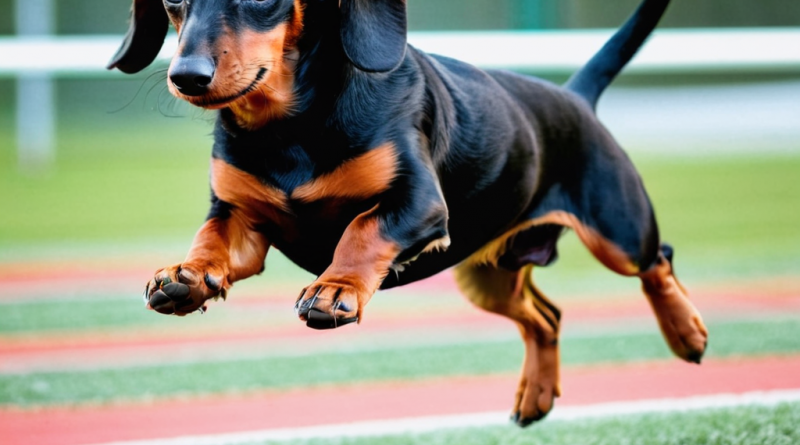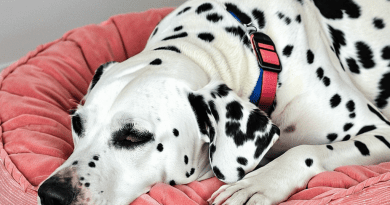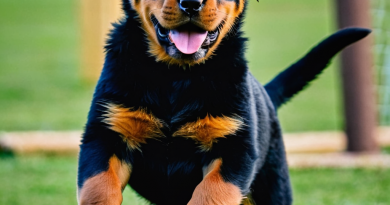Understanding the Delightful Dachshund: A Complete Breed Profile
With their distinctive long bodies and short legs, the Dachshund, affectionately known as the "wiener dog" or "sausage dog," is a breed that is impossible to ignore. But don't let their quirky shape fool you! These pooches possess robust personalities and a tenacity that belie their compact stature. If you’re curious about these charming canines, you're in for a treat. Let’s uncover everything you need to know about Dachshunds, from their deep-rooted history to their contemporary roles as family companions and show dogs.
A Look into the Past: The Dachshund's Heritage
The story of the Dachshund dates back to 15th-century Germany, where they were revered as adept hunters of badgers, foxes, rabbits, and even used in packs to trail wild boars. Their name itself is a testament to their purpose, with "Dachshund" translating to "badger dog" in German. The breed was painstakingly refined over the centuries, growing in popularity across Europe. Come the 1800s, Dachshunds had charmed their way as fashionable pets, particularly in Great Britain.
In 1885, their paws graced the United States, quickly becoming a show ring favorite. Despite a dip in numbers during the World Wars due to their Germanic associations, the resilient Dachshund bounced back each time. Today, they remain the only breed recognized by the AKC that hunts both above and below ground, and they count amongst the top 10 most popular dog breeds.
The Dachshund's Distinct Look
Dachshunds are categorized into three coat varieties: smooth, long-haired, and wire-haired. In the US, they are found in two sizes: standard and miniature. A third size, kaninchenteckel, is recognized in Germany, with the determination based on the chest girth at 15 months of age.
The smooth Dachshund's coat is short and sleek, requiring minimal grooming, though they might need a sweater in winter. On the other hand, long-haired Dachshunds boast shiny, slightly wavy fur that demands daily brushing. Lastly, wire-haired Dachshunds, adorned with bushy eyebrows and a beard, have a rough, wiry coat that needs regular attention.
Standards usually tip the scales between 16 to 32 pounds, while miniatures remain under 11 pounds. There's a sweet spot in between though, for the so-called 'Tweenies,' weighing about 11 to 16 pounds. As for their countenance, Dachshunds charm with soulful, oval-shaped eyes, an extended muzzle, and floppy ears. Their robust barrel chest and large lungs endow them with a surprisingly deep and loud bark for their size.
The Dachshund's Infectious Spirit
Described as joyful, brave, and astute, the Dachshund's hunting heritage bestows them with independence and, occasionally, a stubborn streak. They're entertaining, love cuddles, and often become particularly attached to one person, though they can be sociable with the whole family.
It’s interesting to note how their coat type can influence their demeanor. Wire-haired Dachshunds, with terrier blood, tend to be mischievous, while the long-haired variety is more laid-back, and smooth Dachshunds find themselves somewhere in the middle.
Bravery is another facet in their personality, leading them to chase critters and guard homes with fierce loyalty, evidenced by their robust barking—which can be a double-edged sword if living within earshot of neighbors!
Health Matters: Keeping Your Dachshund Fit
Generally robust, Dachshunds may be predisposed to certain conditions like intervertebral disc disease, epilepsy, and diabetes mellitus, among others. Regular vet check-ups, at least once or twice a year, are essential for a hearty life span which can stretch from 12 to 16 years.
Keeping Active with Your Dachshund
Their hunting background means Dachshunds are brimming with energy and stamina. They flourish with playtime, walks, and interacting with fellow dogs. At home, they adapt well to small living spaces as long as their exercise needs are met. To protect their backs from injury, discourage jumping and consider ramps for furniture access. Two 10-minute walk sessions combined with playtime should suffice to exhaust their energy.
Training Responsive yet Stubborn Dachshunds
Intelligent and trainable, use positive reinforcement to guide Dachshunds during short, engaging training sessions. Consistency is key here, especially with housebreaking. Their smarts also mean they can excel in agility, obedience, field trials, Earthdog trials, and even serve as therapy dogs.
Grooming Your Dachshund
Dachshunds are relatively easy to maintain. Though they do shed, this is brand- and coat-dependent. Bathe them only when necessary, and for those adorable droopy ears, a weekly wipe with a moist cloth or vet-recommended cleaner should do the trick. Nail trimming and dental care are other grooming aspects to keep in mind.
Overall, the Dachshund is an endearing, sharp, and lively dog that can fit into various homes. They're for you if you love outdoor strolls, have time for attention and training, and cherish a loyal companion glued to your side.
If you found this profile enlightening and are considering a Dachshund as your new furry family member or just love learning about different dog breeds, remember to follow Petsfi for more posts packed with insights and stories about our four-legged friends!




